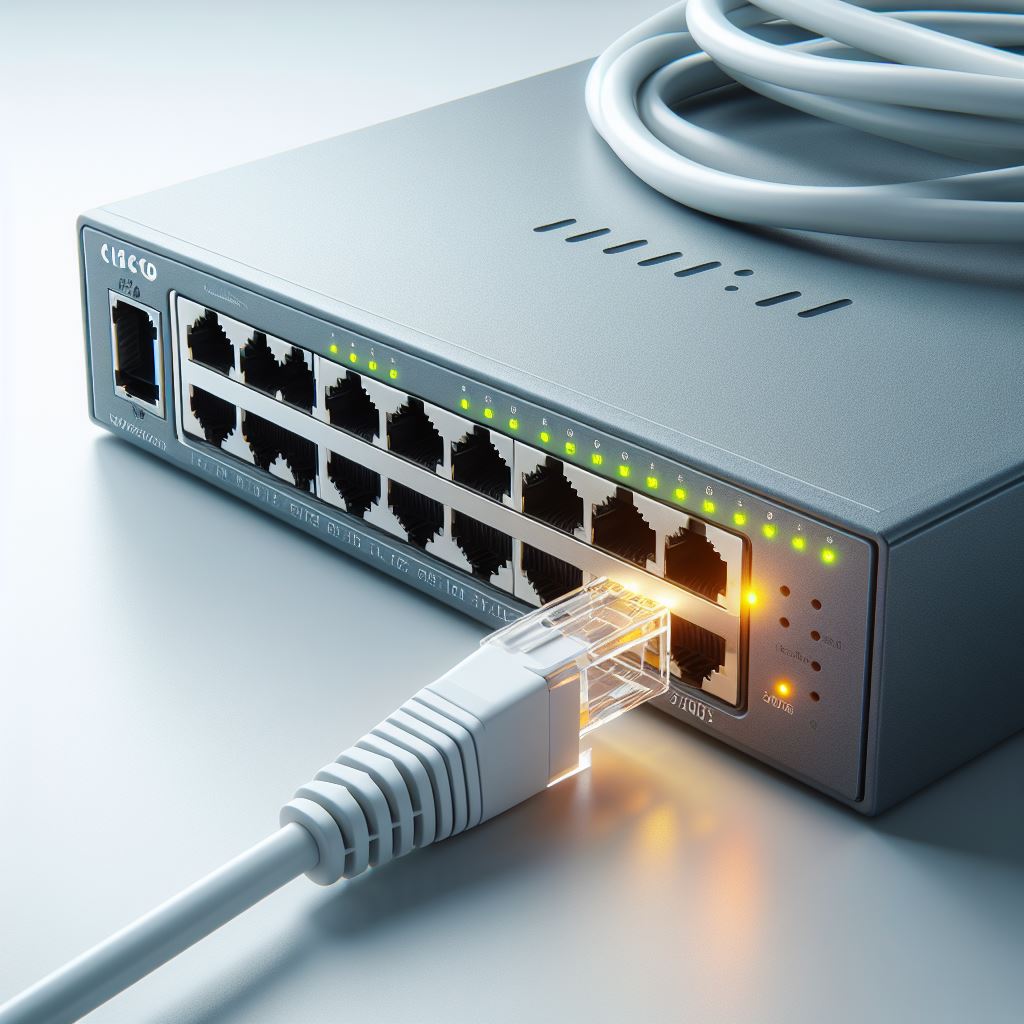Learn about What is the Stacking Limit for Cisco 9200L. Find out what the stacking limit for Cisco 9200L switches is and maximize their performance.
Introduction
The Cisco 9200L series of switches is a versatile and high-performance series designed to meet the demands of today’s networking environments. These switches provide a range of features designed to reduce costs, increase efficiency, and improve security in enterprise networks.
The Cisco 9200L series provides organizations with advanced features, such as stacking, modular uplink options, and comprehensive management interfaces, allowing them to build resilient and agile network infrastructures. A Cisco 9200L switch provides reliable connectivity, robust performance, and simplified management, making it an ideal choice for medium- to large-sized organizations seeking to optimize their networking infrastructures.
Understanding the Stacking Limit for Cisco 9200L
The Cisco 9200L stacking limit is important for efficient network management and expansion in the complex world of networking. Stacking limits refer to the maximum number of switches that may be stacked together to form a single logical unit. The limit varies for Cisco 9200L depending on a variety of variables, such as the hardware configuration, software release, and operational requirements.

What is the Stacking Limit for Cisco 9200L?
A Cisco 9200L switch can be stacked up to eight units, facilitating seamless scalability and maximizing network performance. This stacking capability enables organizations to expand their network infrastructure efficiently while maintaining centralized management and reducing operational complexity. Businesses can accommodate growing bandwidth requirements and connectivity demands by stacking multiple switches without compromising reliability or security.
Factors Influencing Stacking Limit
The stacking limit for Cisco 9200L is influenced by various factors, each of which plays a significant role in determining the scalability and performance of the network infrastructure. The following factors should be examined in more detail:
- Hardware Configuration: Cisco 9200L switches are configured in such a way that their stacking capabilities directly relate to their hardware configuration. A higher-end model may support higher stacking limits when compared to a lower-tier model.
- Software Version: Newer versions of the installed software often include optimizations and enhancements that increase scalability, so the installed version plays a significant role in determining the stacking limit.
- Operational Requirements: A network’s operational needs, such as bandwidth requirements, traffic patterns, and redundancy requirements, can influence the stacking limit to ensure the highest levels of performance and reliability.
Practical Applications of Stacking in Networking
Stacking is one of the most useful features of Cisco 9200L switches in networking environments, which is used in a wide variety of practical situations. The following are some examples of common scenarios:
1. Simplified Management
By consolidating multiple switches into a single stack, administrators can streamline management tasks and reduce operational complexity.
2. Enhanced Scalability
The use of stacking provides seamless scalability, allowing organizations to expand their network infrastructure as necessary without incurring disruptions.
3. Improved Resilience
The use of stacked deployments enhances network resilience and availability, as they include features such as stack-based redundancy and automatic failover.
Best Practices for Optimizing Stacking Limits for Cisco 9200L
The following is a guide on how to optimize stacking limits on Cisco 9200L switches:
- Maintain Uniform Hardware Configurations: Maintain uniform hardware configurations across stacks of switches to ensure optimal performance and compatibility. A consistent specification of hardware minimizes the likelihood of conflicts and simplifies management.
- Regular Firmware Updates: The firmware versions of all switches within the stack should be kept up-to-date. A firmware update typically includes bug fixes, security patches, and performance enhancements, which improve the functionality and stability of the device as a whole.
- Implement Redundancy Measures: Redundancy is essential to ensuring that risk associated with hardware failures or network interruptions can be mitigated. Include features such as redundant power supplies, hot-swappable modules, and link aggregation to enhance fault tolerance.
- Proper Ventilation and Cooling: The stacked switches should be ventilated and cooled appropriately to avoid overheating. An efficient airflow and temperature management system prolongs the life of hardware and ensures maximum performance.
- Network Segmentation and VLANs: Optimize traffic flow and resource allocation within the stack by using network segmentation and VLANs (Virtual Local Area Networks). An organization’s network can be more securely managed, performed more efficiently, and be more efficiently segmented.
- Load Balancing and Traffic Optimization: The network traffic should be distributed evenly across the stacked switches to avoid congestion and bottlenecks. A load balancing technique such as Equal-Cost Multipath (ECMP) routing optimizes traffic distribution and maximizes bandwidth usage.
- Monitor Performance Metrics: Monitor performance metrics, such as throughput, latency, and error rates, regularly to identify potential problems or areas for improvement. The use of monitoring tools and dashboards can provide valuable insights into the health of the network and performance trends.
- Capacity Planning and Scalability: Plan for future growth and scalability by conducting capacity planning exercises. Plan the stacking configuration accordingly based on current usage patterns, forecasting future demand, and a projection of future growth.
- Documentation and Configuration Management: The stacking configurations should be documented comprehensively, including hardware specifications, firmware versions, and network topology. The documentation of changes and configurations facilitates the troubleshooting process and ensures consistency.
- Training and Education: Consider investing in training and education for network administrators who are responsible for managing stacked environments. It is essential to have personnel who are knowledgeable in optimizing stacking limits, troubleshooting issues, and implementing best practices.
The best practices listed below can help organizations optimize stacking limits for Cisco 9200L switches to ensure robust performance, scalability, and reliability of their network infrastructure.

FAQs
Are there any best practices for optimizing Cisco 9200L stacking performance?
Yes, Cisco 9200L stacking performance can be improved with several best practices, including selecting compatible hardware, keeping firmware updated, implementing proper network design principles, and regularly monitoring and maintaining the stack.
Is there a specific stacking protocol recommended for Cisco 9200L switches?
StackWise, StackWise Virtual, and StackWise-480 are among the stacking protocols supported by Cisco 9200L switches.
Scalability needs, redundancy requirements, and feature compatibility are all factors to consider when choosing a stacking protocol.
Can I mix different models of Cisco 9200L switches in a stack?
Cisco generally recommends stacking switches of the same model for optimal performance and compatibility. However, in certain cases, different models can be mixed.
A careful examination of compatibility and feature parity is, however, recommended to avoid potential problems.
Conclusion
A Cisco network is more scalable, performs better, and has a higher degree of reliability when the stacking limit for Cisco 9200L is understood. The ability to stack capabilities effectively and follow best practices can help organizations build a future-proof network infrastructure that meets the evolving connectivity needs of their customers.















